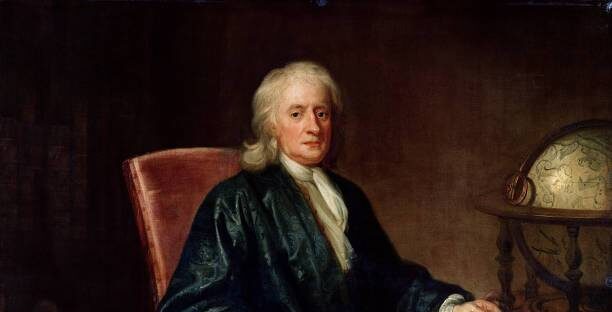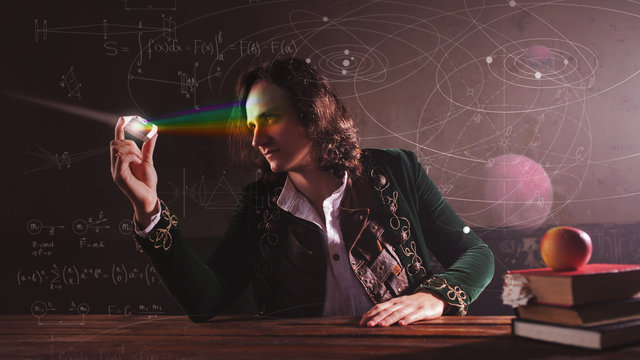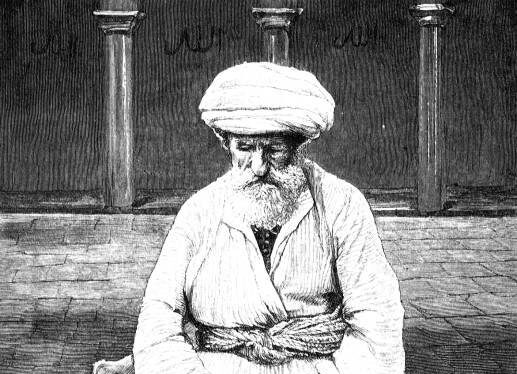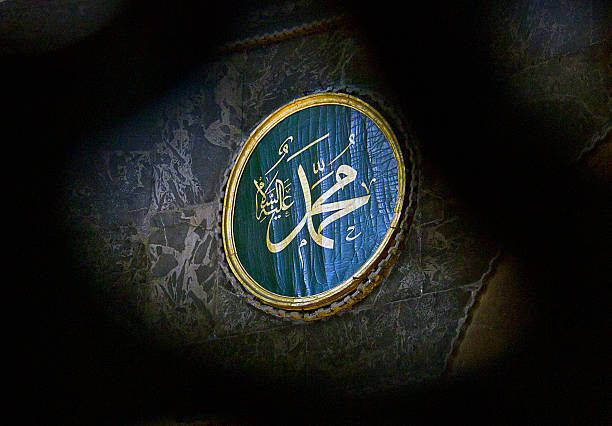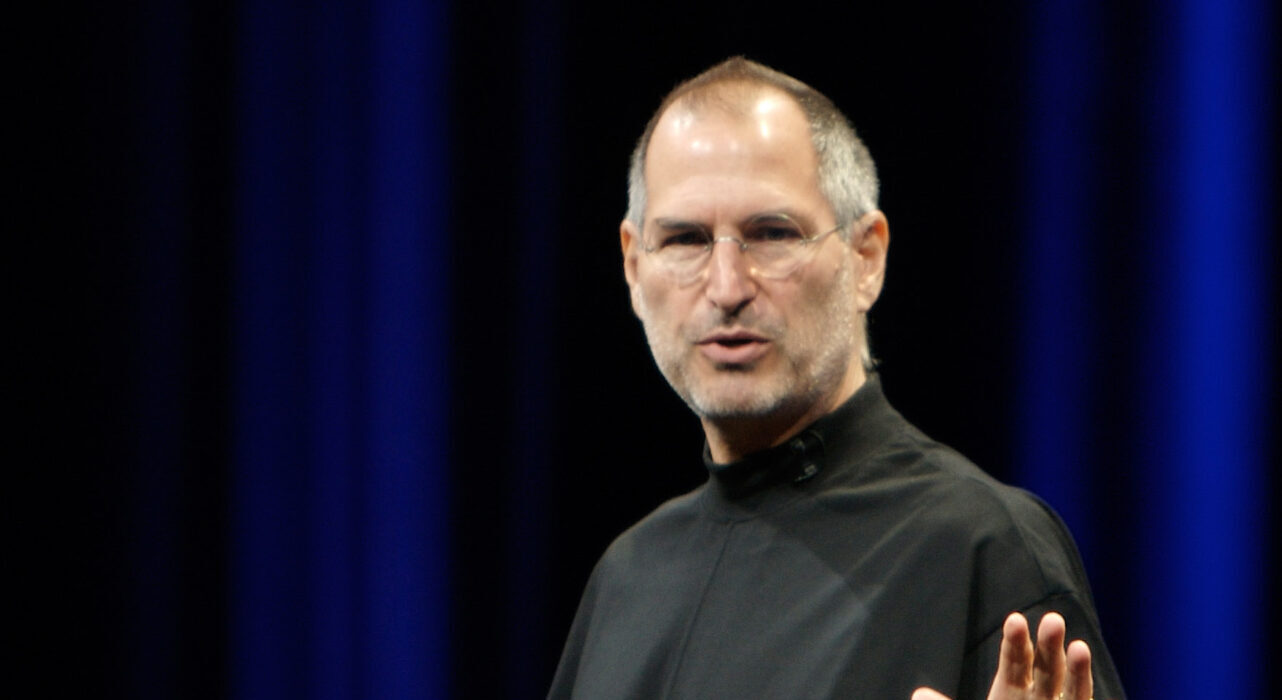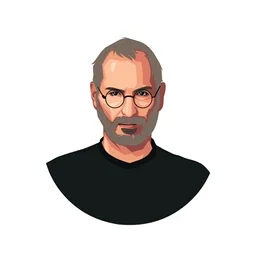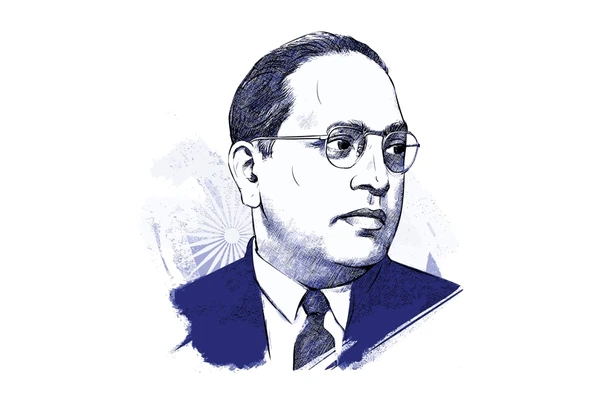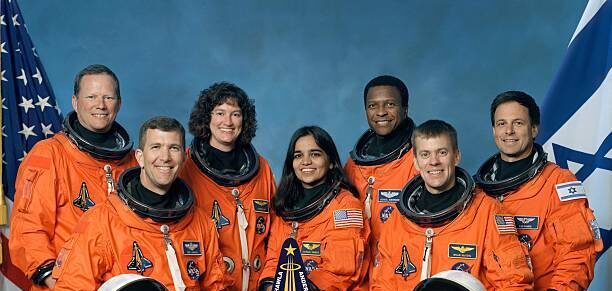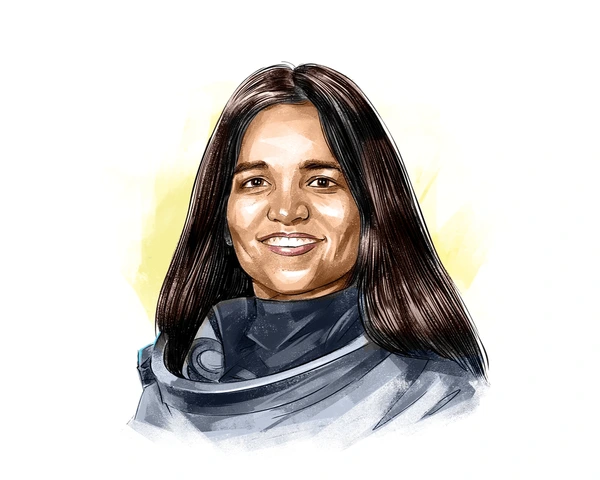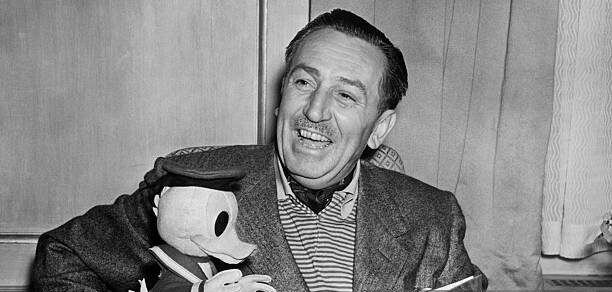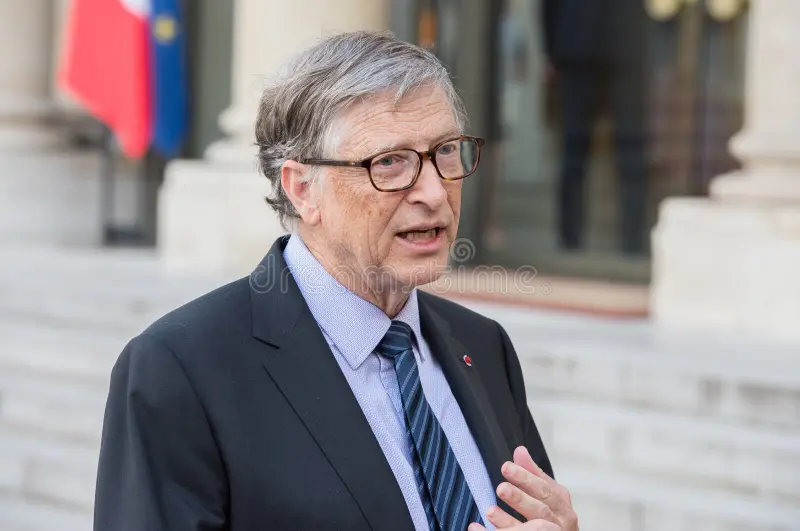Nelson Mandela : The Leader Who Fought for Freedom and Equality
Nelson Mandela Biography: The Icon of Freedom and Equality
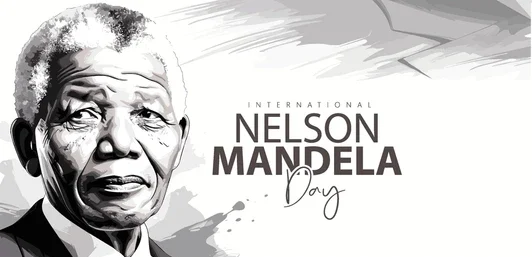
You may like : Narendra Modi Life Journey
Nelson Mandela was a revolutionary leader, anti-apartheid activist, and the first Black President of South Africa. His lifelong struggle against racial segregation and commitment to justice made him a global symbol of peace, resilience, and human rights. His legacy continues to inspire generations.
Early Life and Education – Nelson Mandela Biography
Nelson Rolihlahla Mandela was born on July 18, 1918, in Mvezo, South Africa. His father, Gadla Henry Mphakanyiswa, was a chief of the Thembu tribe. After his father’s passing, he was placed under the guardianship of Chief Jongintaba Dalindyebo, who provided him with an education.
Mandela attended Clarkebury Boarding Institute, Healdtown, and Fort Hare University. While studying law at the University of Witwatersrand, he became involved in anti-colonial activism. The racial injustices he witnessed fueled his determination to fight for equal rights.
The Fight Against Apartheid
In 1944, Nelson Mandela joined the African National Congress (ANC) and co-founded the ANC Youth League. The struggle against apartheid intensified as discriminatory laws were imposed by the South African government.
-
In 1952, the Defiance Campaign was launched by the ANC, encouraging non-violent resistance.
-
In 1956, Mandela and 155 others were arrested for treason, but they were later acquitted.
-
After the Sharpeville Massacre (1960), where police killed peaceful protestors, the ANC was banned.
-
In 1961, Mandela co-founded Umkhonto we Sizwe (MK), the militant wing of the ANC, to carry out sabotage against government facilities.
Imprisonment and Global Support – Nelson Mandela Biography
In 1962, Nelson was arrested and sentenced to five years in prison. In 1964, he was convicted in the Rivonia Trial and sentenced to life imprisonment. His years in Robben Island Prison were marked by hard labor and isolation.
Despite imprisonment, Mandela’s influence grew. Protests demanding his release spread globally. The slogan “Free Nelson Mandela” became a worldwide movement. Economic sanctions and international pressure mounted against the apartheid regime.
Release and Political Leadership
In 1990, after 27 years in prison, Nelson Mandela was finally released. He led negotiations with President F.W. de Klerk to end apartheid. Their efforts resulted in South Africa’s first multiracial elections in 1994, where Mandela was elected as the nation’s first Black President.
Presidency and National Reconciliation
Mandela’s presidency (1994-1999) focused on:
✔ Reconciliation – Uniting a divided nation through the Truth and Reconciliation Commission
✔ Social and Economic Reforms – Improving healthcare, housing, and education for Black South Africans
✔ International Relations – Strengthening ties with global nations and promoting peace
Legacy and Global Impact – Nelson Mandela Biography
Mandela stepped down after one term but remained a global advocate for human rights. The Nelson Mandela Foundation was established to continue his work. He received over 250 awards, including the Nobel Peace Prize (1993).
Nelson Mandela passed away on December 5, 2013, but his legacy remains a beacon of hope, justice, and equality worldwide.
Conclusion
Nelson Mandela’s unwavering commitment to justice reshaped South Africa and inspired the world. His message of peace, resilience, and unity continues to influence global human rights movements.
If you wanna know more about visionaries like this, we’ve got it covered! 🚀


